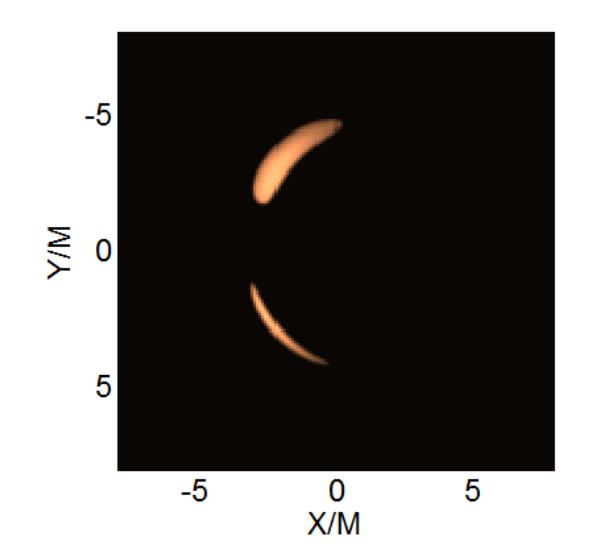New telescopes could uncover a wormhole in our own galaxy

If you're ever unlucky enough to be sucked towards a super-dense black hole, you'll soon arrive at something called the event horizon -- from which nothing can escape, including light. Thanks to a new "earth-sized" radio telescope, scientists may soon know whether you'll become stretched out infinitely ("spaghettified") or merely vaporized. Knowing which of those gory fates is correct will help astronomers in their quest to unify Einstein's theories involving planetary motion with sub-atomic quantum mechanics. Even more intriguingly, a separate telescope experiment called GRAVITY in Northern Chile may soon tell us if the Sagitarius 'A' black hole at the center of our own galaxy is actually a wormhole instead.
Leaving wormholes aside for a moment, the Event Horizon Telescope is designed to spy the structure of "regular" black holes. Located in Chile, it combines multiple radio telescopes around the world and an extraordinarily precise atomic clock to simulate one huge, earth-sized telescope. When trained on black holes, it should deliver pictures of a very bright ring of gas surrounding a circular dark spot, as close to "imaging" one as we're likely to get (considering they emit no light). Along with pretty pictures, it may give insight about whether a black hole's event horizon would allow matter in before elasticizing it or be an impenetrable "firewall" that incinerates anything foolish enough to enter.
The GRAVITY telescope, meanwhile, is designed to image black holes for a different purpose. Instead, it's looking to see if our own Milky Way galaxy's Sagitarius 'A' isn't a black hole at all, but a wormhole. Both types of structures contain an impenetrable event horizon, but are otherwise very different. For instance, black holes can theoretically evolve over long periods of time following the collapse of large stars and become massive. Wormholes are also permitted by general relativity, but evidence of a real one has never been observed. If they do actually exist, though, they were likely formed in a split second after the big bang and would be smaller than block holes. And as any science fiction buff knows, wormholes aren't bottomless pits like black holes but can join two vast sections of space-time, or even two separate universes. GRAVITY will observe our galaxy's black hole, and look for telltale energy signatures of wormholes created by orbiting plasma (see below). As for the rapid space-time travel, though, don't hold your breath -- while stabilizing a wormhole is theoretically possible, it wouldn't be easy.

